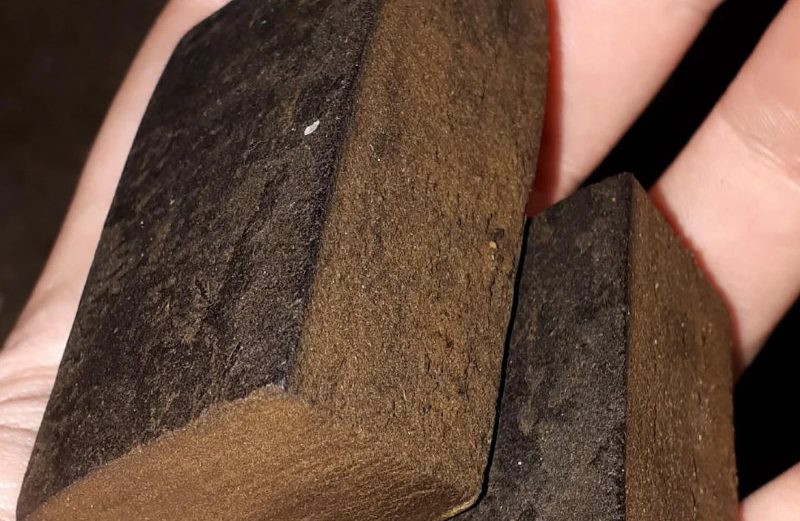Introduction:
Hashish, often simply known as hash, is a concentrated form of cannabis that has been enjoyed for centuries around the world. Known for its potent effects and rich, earthy flavors, hash offers a different experience compared to traditional cannabis flower. This guide will dive deep into the history, types, and methods of consuming hash, providing a thorough understanding for both new and seasoned users.
What is Hash?
Hash is a cannabis concentrate made from the resinous trichomes of the cannabis plant. Trichomes are tiny, sticky glands that contain the highest concentrations of cannabinoids and terpenes, responsible for the plant’s effects and aroma. By collecting and compressing these trichomes, hash is formed, resulting in a product that is much more potent than regular cannabis flower.
Hash comes in various forms, including solid blocks, powdery kief, or sticky balls. Its color can range from light brown to dark green, and it often has a crumbly, sticky texture. Hash is typically higher in THC content, making it a favorite for those seeking strong effects.
A Brief History of Hash:
The use of hashish dates back thousands of years, originating in regions like the Middle East, India, and Central Asia. It was commonly used in ancient rituals and traditional medicine. Hashish became widely popular in the 10th to 12th centuries in the Middle East, where it was often consumed socially and for its relaxing and euphoric effects.
Hashish spread to Europe in the 18th and 19th centuries, introduced by travelers and explorers. By the 20th century, it had made its way to North America, where it became part of the burgeoning cannabis culture. Despite varying legality across different regions, hashish remains a globally popular cannabis product.
Types of Hash:
Hash comes in several forms, each with its own unique characteristics and methods of production:
1. Traditional Hash: Made by hand-rubbing the cannabis plant or using sieves to separate trichomes, which are then compressed into blocks or balls. Popular examples include Afghani hash and Moroccan hash, often recognizable by their dark color and firm texture.
2. Bubble Hash: Created using ice water and agitation to separate trichomes from the plant material. The trichomes are then filtered, dried, and pressed. Bubble hash is usually softer and lighter in color compared to traditional hash.
3. Dry Sift Hash (Kief): Made by dry sifting cannabis flower through fine screens to collect loose trichomes. Kief can be pressed into a solid form or used in its powdery state.
4. Charas: Similar to traditional hash but made from live cannabis plants rather than dried ones. Charas is often handmade and is common in India and Nepal.
5. Rosin Hash: A modern form of hash made by applying heat and pressure to cannabis flower or kief to extract the resin. Rosin is known for its purity, potency, and vibrant flavor profile.
How to Consume Hash:
Hashish can be enjoyed in several ways, allowing users to tailor their experience based on preference and equipment available. Below are some of the most popular methods:
1. Smoking in a Joint or Pipe:
Joint: Break the hash into small pieces or crumble it, mixing it with tobacco or cannabis flower. Roll it into a joint and smoke it as usual. This method provides a familiar experience for those used to smoking cannabis.
Pipe/Bong: Place a small amount of hash directly into the bowl of a pipe or bong. For better burning, put a bed of flower underneath the hash. Light and inhale slowly.
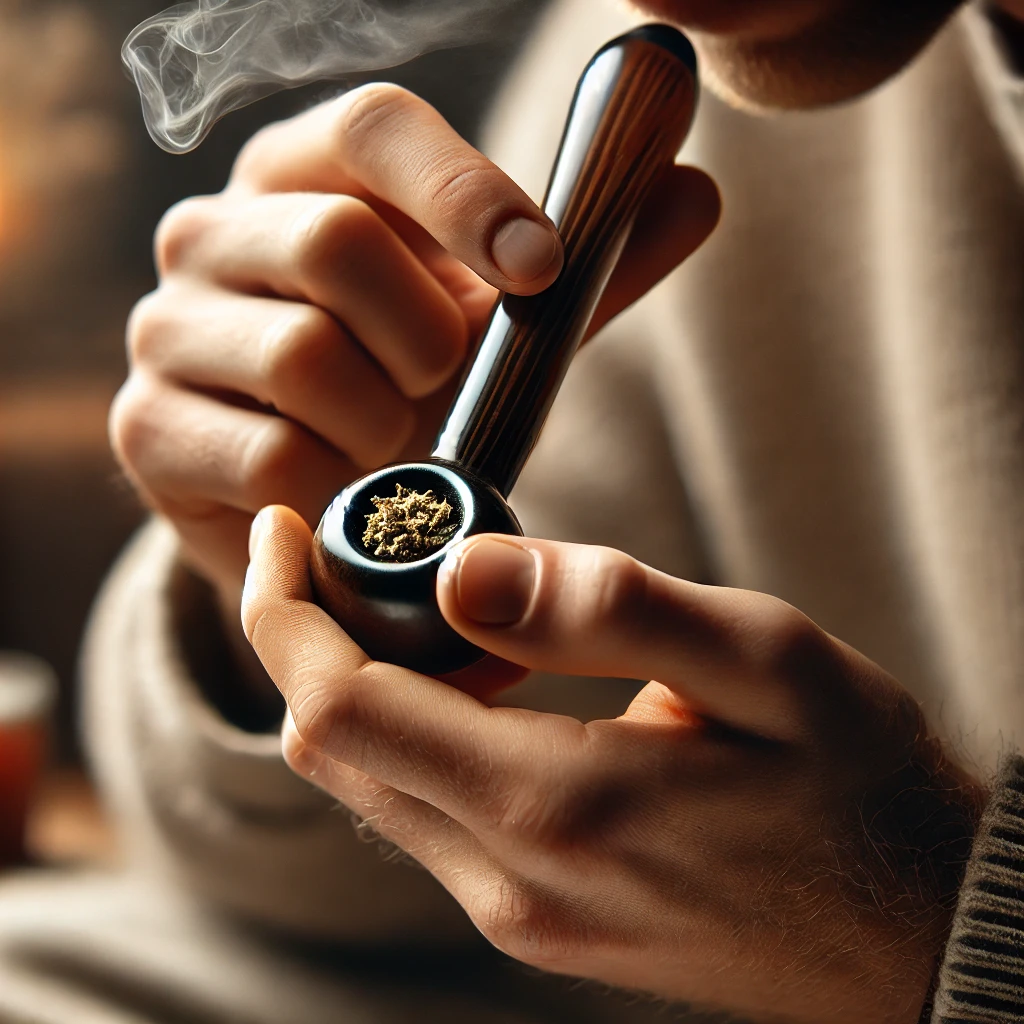
image showing the use of a pipe to smoke hash, capturing the moment just before lighting.
2. Using a Vaporizer:
Vaporizers designed for concentrates can efficiently handle hash. Place the hash into the chamber of a compatible vaporizer, set the temperature to around 180-200°C (356-392°F), and inhale the vapor. This method offers a cleaner and healthier alternative to smoking, preserving the flavor and potency of the hash.
3. Dabbing:
Dabbing involves heating a nail or banger with a torch, then placing a small piece of hash onto the hot surface, where it vaporizes instantly. This method is best for experienced users and is ideal for potent forms of hash like full-melt or rosin.
4. Hot Knives:
Heat the tips of two metal knives on a stove or with a torch until red-hot. Place a small piece of hash between the knives and press them together. The resulting smoke can be inhaled through a funnel or straw. This old-school method is effective but requires caution due to the high temperatures involved.
5. In Edibles:
Hash can be decarboxylated (heated to activate THC) and infused into butter or oil, which can then be used in cooking or baking. This method provides a longer-lasting and body-focused effect, making it popular for those seeking medicinal benefits.
6. In a Hookah:
Mixing hash with flavored shisha and smoking it in a hookah offers a smooth and social way to enjoy hash. The water filtration provides a cooler, less harsh smoke, enhancing the overall experience.
Conclusion:
Hashish remains a versatile and potent form of cannabis that offers unique flavors, effects, and experiences. Whether you prefer traditional smoking methods, modern vaporizing, or creative culinary uses, hash provides a variety of options to suit any preference. As with all cannabis products, it’s important to consume responsibly, start with small amounts, and know your limits, especially given hash’s higher potency compared to regular cannabis flower.
-
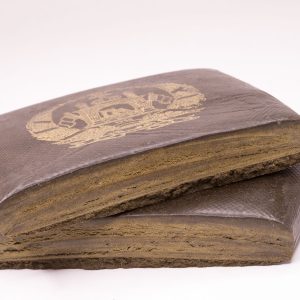 Royal Afghani Hash: Traditional Black Hashish & Powerful IndicaPrice range: $15.00 through $100.00
Royal Afghani Hash: Traditional Black Hashish & Powerful IndicaPrice range: $15.00 through $100.00 -
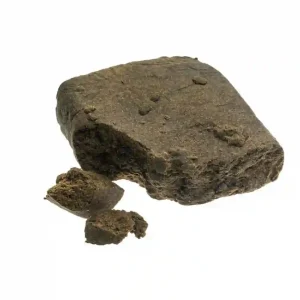 HASH – AAAA+ (00 Hash) Zero Zero Moroccan Hash (Imported)Price range: $20.00 through $140.00
HASH – AAAA+ (00 Hash) Zero Zero Moroccan Hash (Imported)Price range: $20.00 through $140.00 -
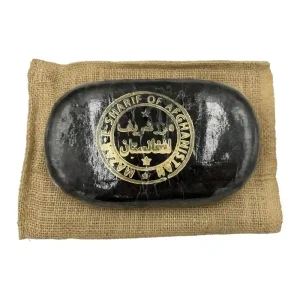 HASH – AAAA+ Mazar-E-Sharif Hash (Imported)Price range: $20.00 through $140.00
HASH – AAAA+ Mazar-E-Sharif Hash (Imported)Price range: $20.00 through $140.00 -
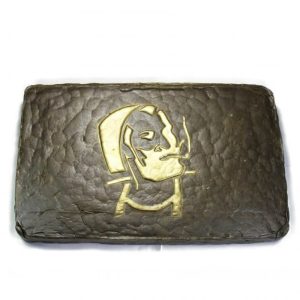 HASH – Zig Zag HashPrice range: $15.00 through $100.00
HASH – Zig Zag HashPrice range: $15.00 through $100.00 -
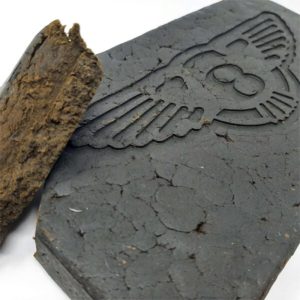 HASH – Bentley HashPrice range: $15.00 through $100.00
HASH – Bentley HashPrice range: $15.00 through $100.00 -
 HASH – Afghan Gold Seal Hash (Imported)Price range: $15.00 through $100.00
HASH – Afghan Gold Seal Hash (Imported)Price range: $15.00 through $100.00
